June 20, 2025 | 10:09 GMT +7
June 20, 2025 | 10:09 GMT +7
Hotline: 0913.378.918
June 20, 2025 | 10:09 GMT +7
Hotline: 0913.378.918
The scope of master plan covers the entire land area and several densely populated islands with important national defense and security positions in Vietnam including Van Don, Cat Ba, Bach Long Vy, Phu Quy, Ly Son, Phu Quoc, and Con Dao. Additionally, the master plan categorizes these areas based on socio-economic development regions and river basins.
The general objective of the master plan is to ensure water supply and drainage for daily activities, agricultural production, economic sectors and environmental protection; improve the national capacity to prevent, combat and mitigate damage caused by natural disasters, contribute to sustainable socio-economic development, ensure water security, adapt to climate change, and promote development in the upstream areas of inter-connected rivers across the country.
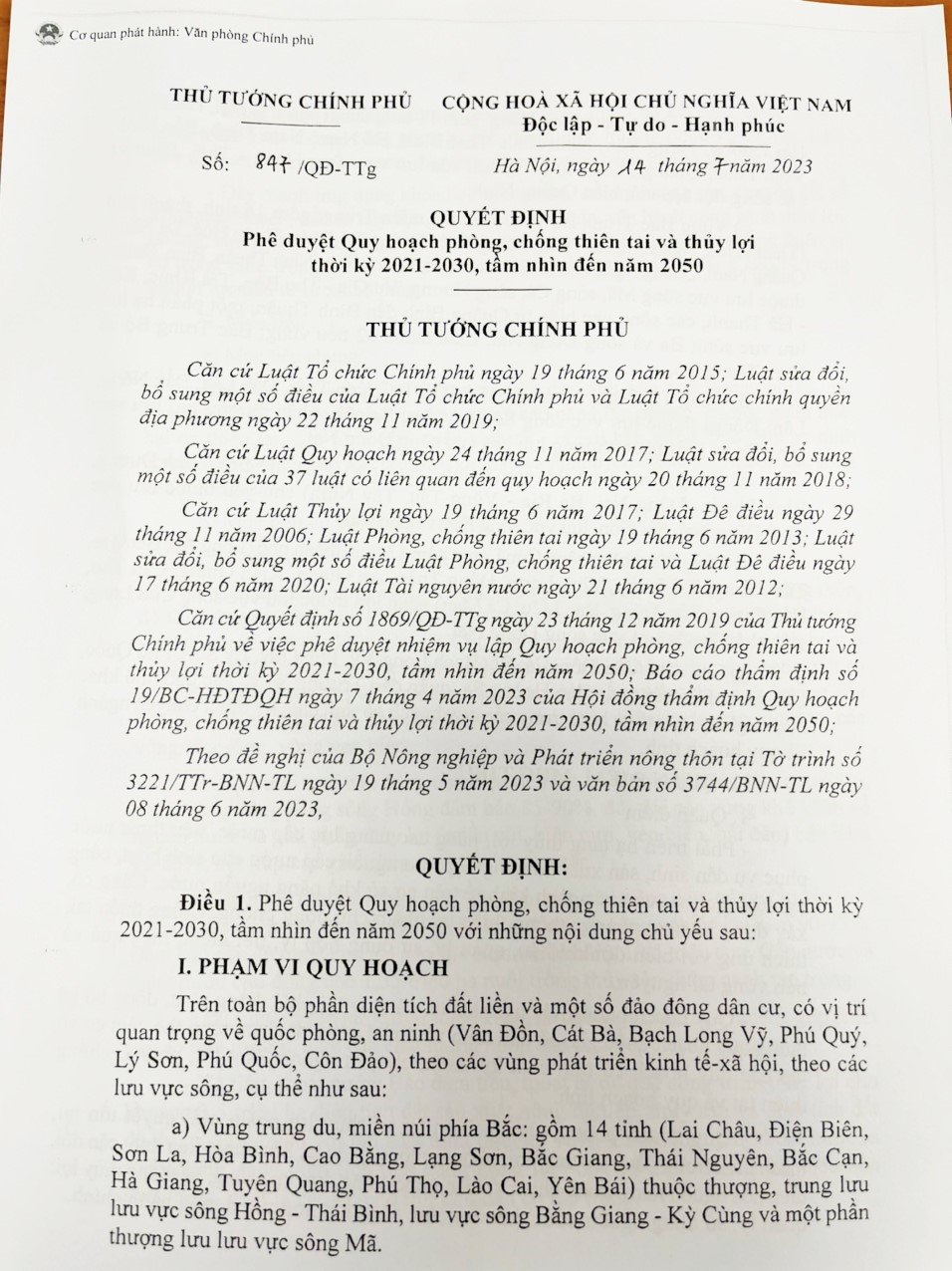
Prime Minister's Decision No. 847/QD-TTg approving the master plan on natural disaster prevention and irrigation between 2021 and 2030, with a vision towards 2050.
Accordingly, the master plan outlines several objectives for supplying water by 2030, including: providing a sufficient supply of water for daily activities; supplying and creating water supply sources for rural, urban, industrial, economic zones, etc.; meeting the water demand for economic activities in coastal areas and densely populated islands. In addition, the master plan aims to provide active on-site water sources for daily activities in areas affected by drought, water shortage, and saltwater intrusion. The master plan also focuses on a number of areas challenged by water shortage, such as areas impacted by drought, saltwater intrusion, flood, and inundation. Furthermore, the master plan will actively control salinity and freshwater in estuaries and coastal areas.
According to the master plan, water will be actively supplied to irrigate the 2-crop rice area with a guaranteed frequency of 85% with the Red River Delta benefiting from a 85-90% frequency. Regarding areas with difficulties in water resources and irrigation solutions such as mountainous areas, border areas, coastal areas and islands, a frequency of 75 - 85% will be guaranteed in combination with water-saving irrigation solutions.
On the other hand, water will be supplied to irrigate 70% of the dry crop area, gradually increasing the guaranteed irrigation frequency for vegetables to 90%, fruit trees and perennial industrial plants to 90-95%. Moreover, the master plan aims to provide a sufficient water supply for livestock and poultry production with a total herd of approximately 10.5 million heads. The master plan also details solutions to ensure water supply and drainage for 1.35 million hectares of concentrated intensive aquaculture. Additionally, water sources on polluted rivers, canals and irrigation systems will be replenished, contributing to improving the environment, ensuring water quality to meet water use requirements.
Regarding water drainage, the master plan sets a goal to secure water drainage through irrigation works on nearly 3.5 million hectares of agricultural and aquacultural land, and urban and industrial land with a set rain frequency of 10%.
With a vision towards 2050, the master plan sets a goal to supply enough water for daily activities; supply and create water supply sources for rural, urban, industrial, economic zones, etc.; meet the water demand for economic activities in coastal areas and densely populated islands.
According to the master plan's goal towards 2050, irrigation water will be supplied to the entire rice production area with a minimum guaranteed frequency of 85% with the Red River Delta benefiting from a 90-95% frequency. The master plan also prepares for extreme scenarios, and raises the efficiency of irrigation water saving. In addition, the master plan addresses the water pollution levels in rivers, canals, irrigation systems, etc.
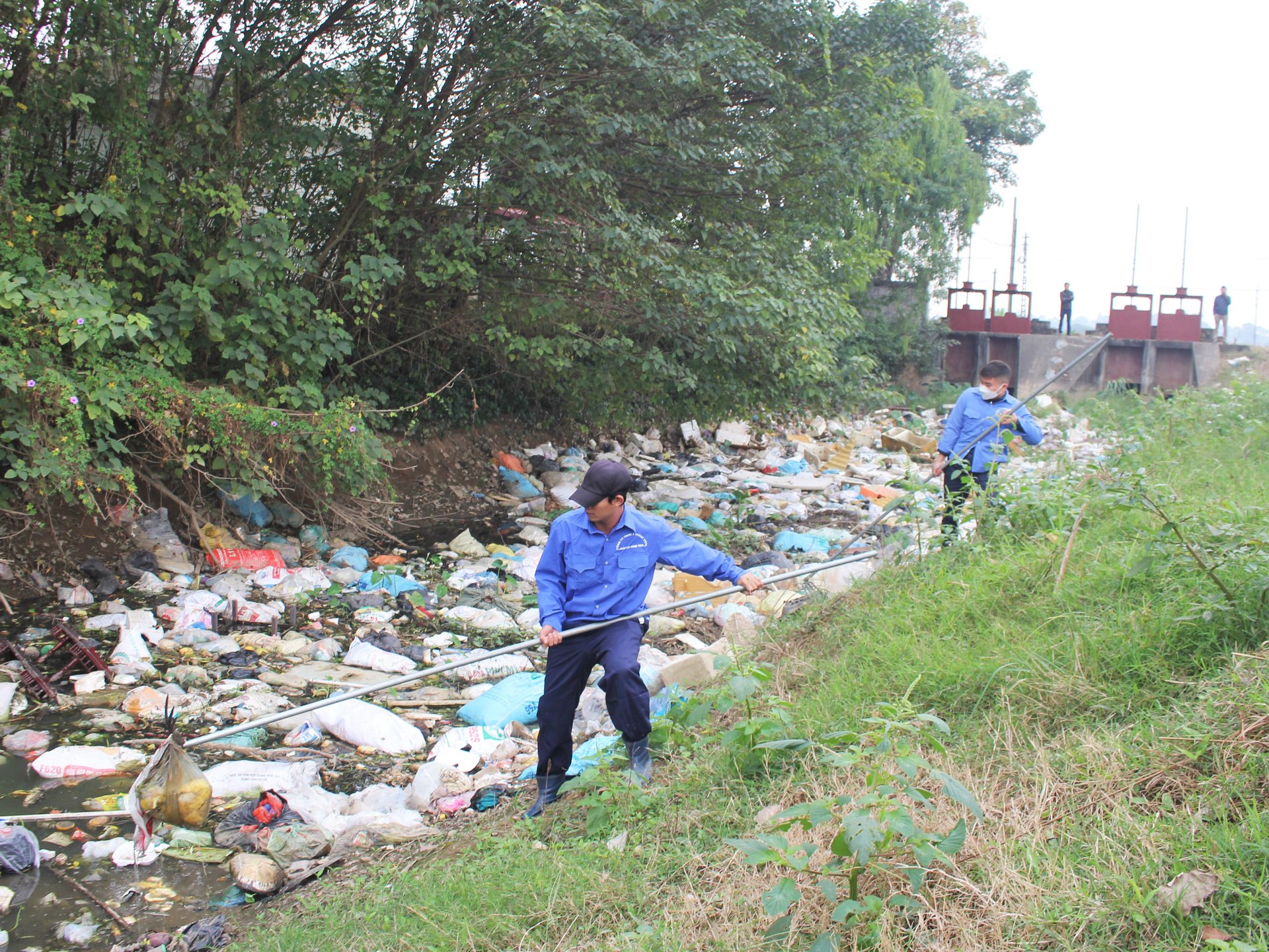
With a vision towards 2050, the master plan aims to completely remove water pollution in rivers, canals and irrigation systems. Photo: MH.
In order to develop an infrastructure system for disaster prevention and irrigation, the master plan has proposed a general plan and a development plan for individual region.
Accordingly, the general plan details several tasks including: create, store and regulate water sources; upgrade and renovate irrigation systems; resolve the declining water level; ensure water supply, drainage and flood control; prevent and combat drought, water shortage and saltwater intrusion; prevent and combat floods, inundation and other types of natural disasters.
Regarding the upgrade and renovation of the irrigation systems, the current efficiency and capacity levels of existing works will be strengthened with a focus on upgrading key works, main canal system, supplementing new investment in new construction projects, enhancing self-cleaning capacity, and improving water quality. In addition, the general plan aims to prevent and control water source pollution in the system of irrigation works; ensure the restoration, maintenance and improvement of the irrigation system's service capacity; synchronize with the infrastructure of the irrigation systems in other sectors.
In response to the declining water level, weirs and water-raising works will be constructed on the main stream for rivers with high flow fluctuations, sinking river bed, declining water level and high risk of saltwater intrusion.
Regarding water supply for daily activities, the plan encourages investment in building a system of water supply works, resulting in stable water supply sources for daily activities across the country; complete the construction of concentrated rural water supply works, prioritizing areas frequently affected by drought, saltwater intrusion, floods, inundation, ethnic minority areas, mountainous areas, border areas, and islands.
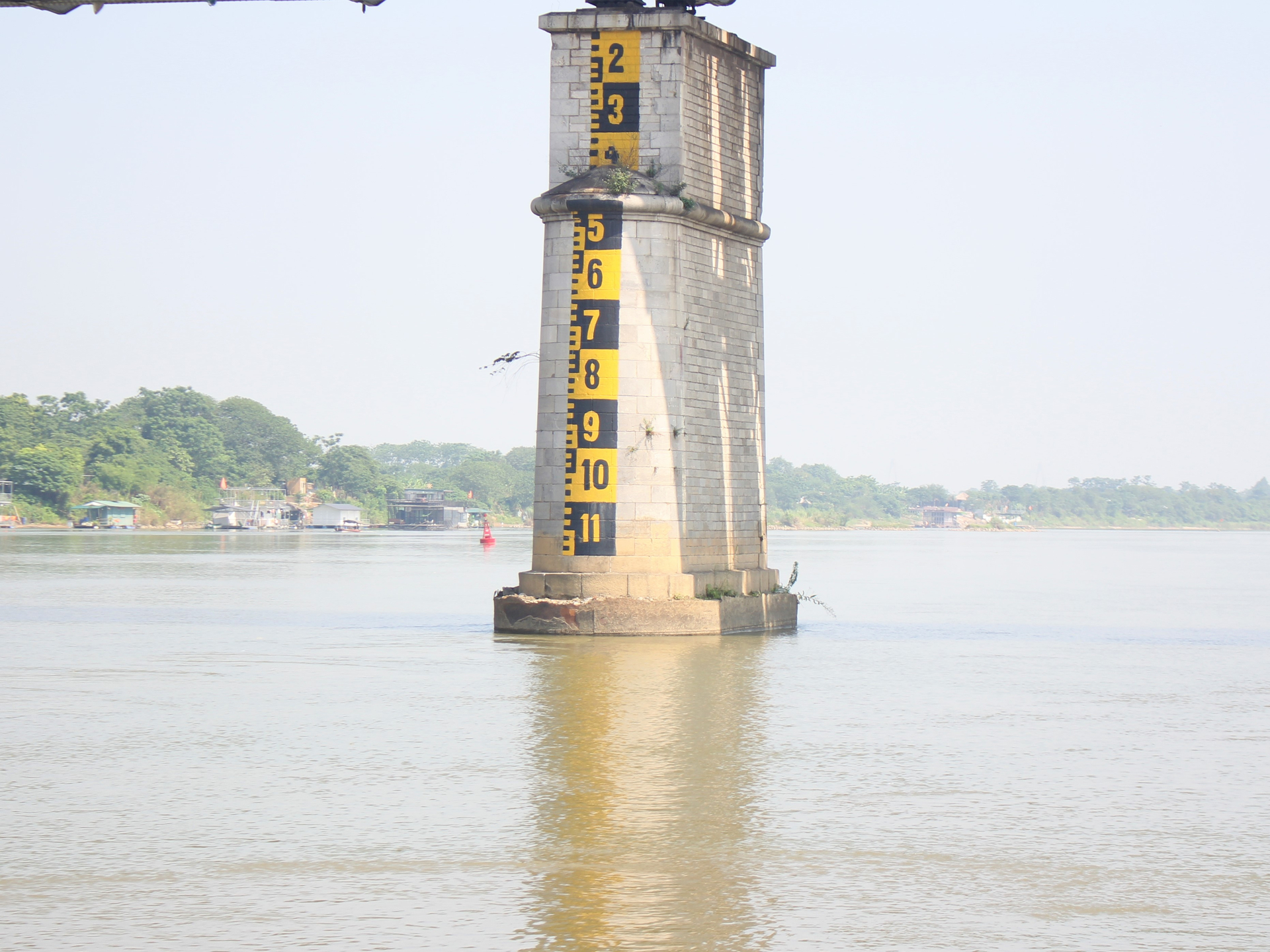
Existing irrigiation works will be upgraded and renovated to improve their efficiency and capacity. Photo: MH.
Existing irrigation works will be upgraded, repaired, maintained and managed in order to promote their efficiency and sustainable operation. Additionally, priority will be given to drawing water from irrigation works, reservoirs and dams to provide a stable water source for daily activities.
Regarding the prevention and control of drought, water shortage, and saltwater intrusion, the plan emphasizes the construction, renovation and upgrading of water source creation, water storage, water regulation, on-site water supply. Water from irrigation systems, hydropower reservoirs, etc. will be used to supply daily activities in the event of natural disasters, drought, water shortage, and saltwater intrusion. On the other hand, the plan encourages studies and investment in the construction of distributed water storage works and reservoirs that are suitable for each region. Additional investment in freshwater reservoirs, works to store water on rivers and canals is also under consideration within the plan.
Translated by Nguyen Hai Long
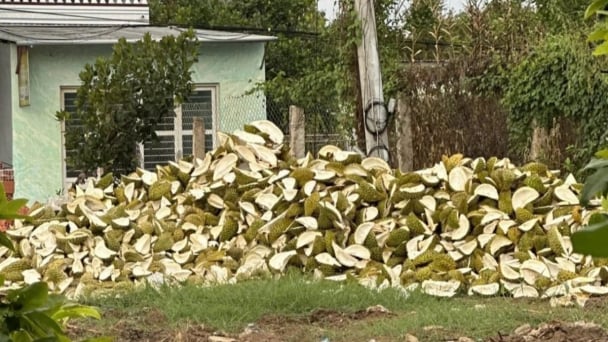
(VAN) The waste of resources from agricultural by-products and the situation of counterfeit and poor quality goods in production causing losses of thousands of billions were pointed out by the National Assembly deputy.
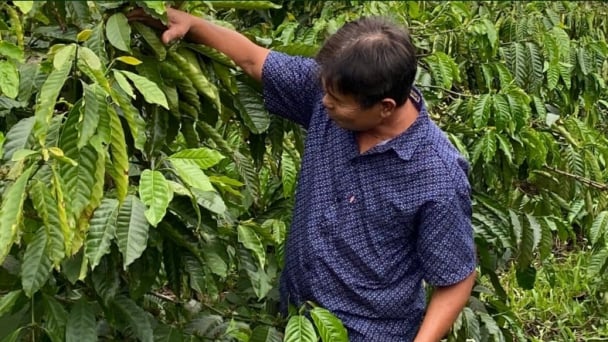
(VAN) After 5 years of implementation, the CAI initiative has helped coffee growers change their farming practices, moving toward responsible agriculture that meets global export standards.
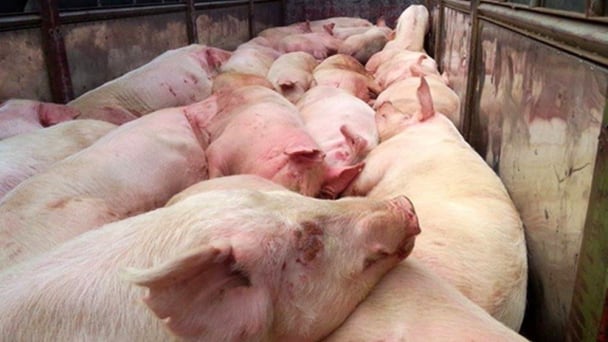
(VAN) The primary prerequisite for the comprehensive and robust integration of Vietnam's livestock sector into the global value chain is the establishment of a disease control system.

(VAN) The results of national programs are essential for establishing a contemporary livestock sector that is well-equipped to meet the demands of both domestic and international markets, with robust biosafety standards.
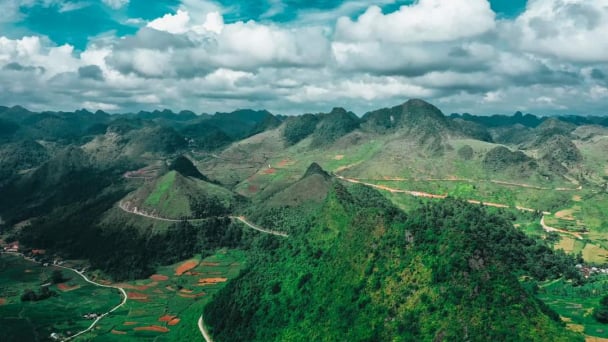
(VAN) The UNESCO Global Geopark revalidation of Non nuoc Cao Bang and the transition to a two-tier administrative model are presently undergoing a pivotal moment in Cao Bang, the northernmost province of Vietnam.
/2025/06/13/5330-2-004539_953.jpg)
(VAN) Changing policy mindset and removing investment barriers are urgent requirements to open up new development space for enterprises in the agricultural sector.

(VAN) The areas include the restoration of five million hectares of marine ecosystems.